Russian sanctions delay nuclear plant in Turkey
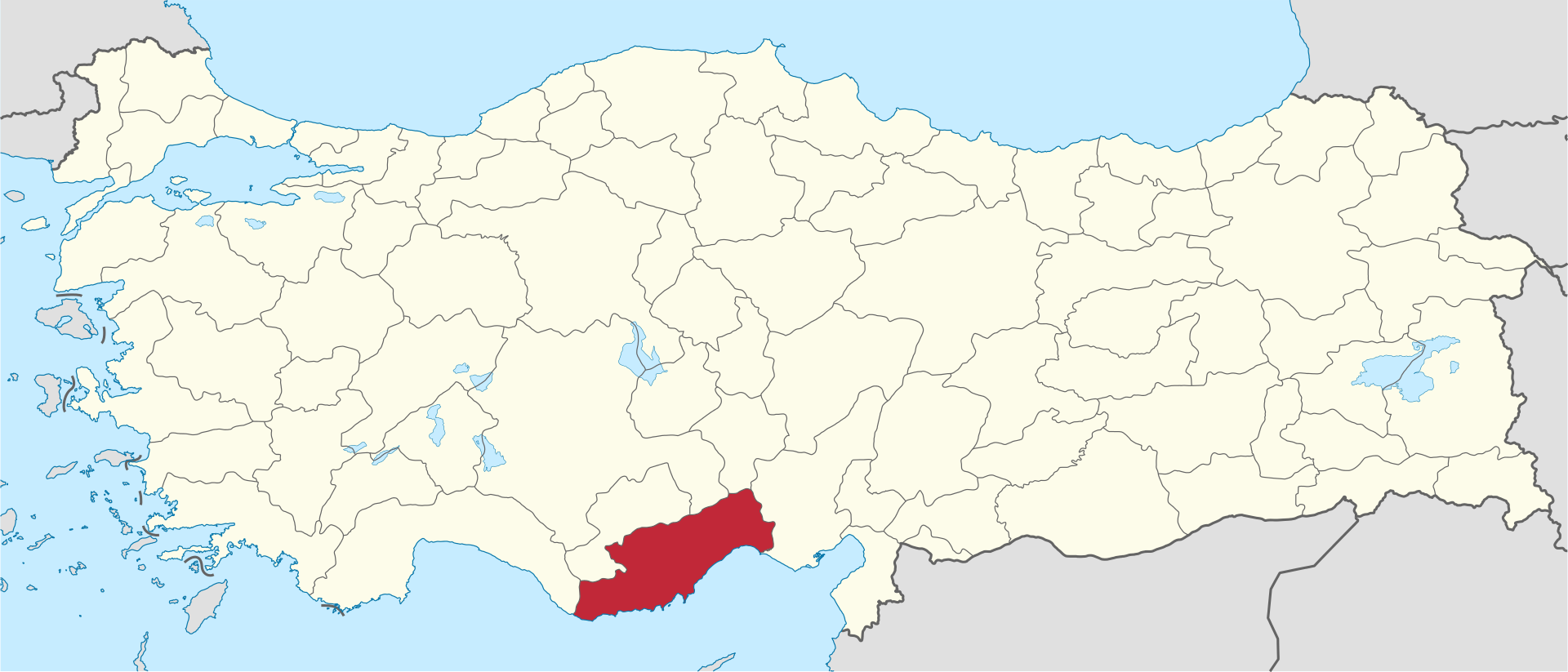
While commissioning began earlier this year at Turkey’s first nuclear plant, new reports say the project is delayed by sanctions against Russia due to its military invasion of Ukraine.

A message from Goodway Technologies
Optimizing Maintenance Strategies in Power Generation: Embracing Predictive and Preventive Approaches

While commissioning began earlier this year at Turkey’s first nuclear plant, new reports say the project is delayed by sanctions against Russia due to its military invasion of Ukraine.

Constellation Energy is in talks with the governor’s office and state legislators about funding to restart a unit at Three Mile Island nuclear plant, Reuters has reported. The ongoing talks have been described as “beyond preliminary” by two sources.

An external radiation monitoring station was taken out by shelling and fire near the Zaporizhzhia nuclear plant in Ukraine the last week of June.
This brings the total to four of the plant’s 14 radiation monitoring sites that are out of commission, further reducing the effectiveness of its off-site capability to detect and measure any radioactive release during an emergency, said IAEA director general Rafael Mariano Grossi.

A new radio series on National Public Radio’s “Marketplace Morning Report” recently highlighted career opportunities and job training at the Department of Energy’s Savannah River Site.
To listen to the radio segment, click here.
The Nuclear Regulatory Commission and the Federal Emergency Management Agency have signed a revised memorandum of understanding establishing a framework for the agencies to cooperate on emergency preparedness for commercial nuclear power plants.

The Defense Advanced Research Projects Agency (DARPA) Defense Sciences Office (DSO) wants to mimic and accelerate the natural half-life decay chain of alpha-emitting radioisotopes and plans to invite proposals for experimental or theoretical research tracks under Decay on Demand—a new DARPA disruptioneering opportunity. The solicitation was published in draft form on June 27.
Every year, the National Renewable Energy Laboratory (NREL) puts out a set of technology-specific cost and performance parameters for electricity generation. Now in its 10th year, the Electricity Annual Technology Baseline (ATB) has nearly 100,000 users from 144 countries, according to NREL. Utility planners and grid operators who look to the ATB to assess their investment options in a changing market require complete and accurate information and will be glad to know that the 2024 Electricity ATB, released June 24, includes—for the first time—a range of data on nuclear energy.
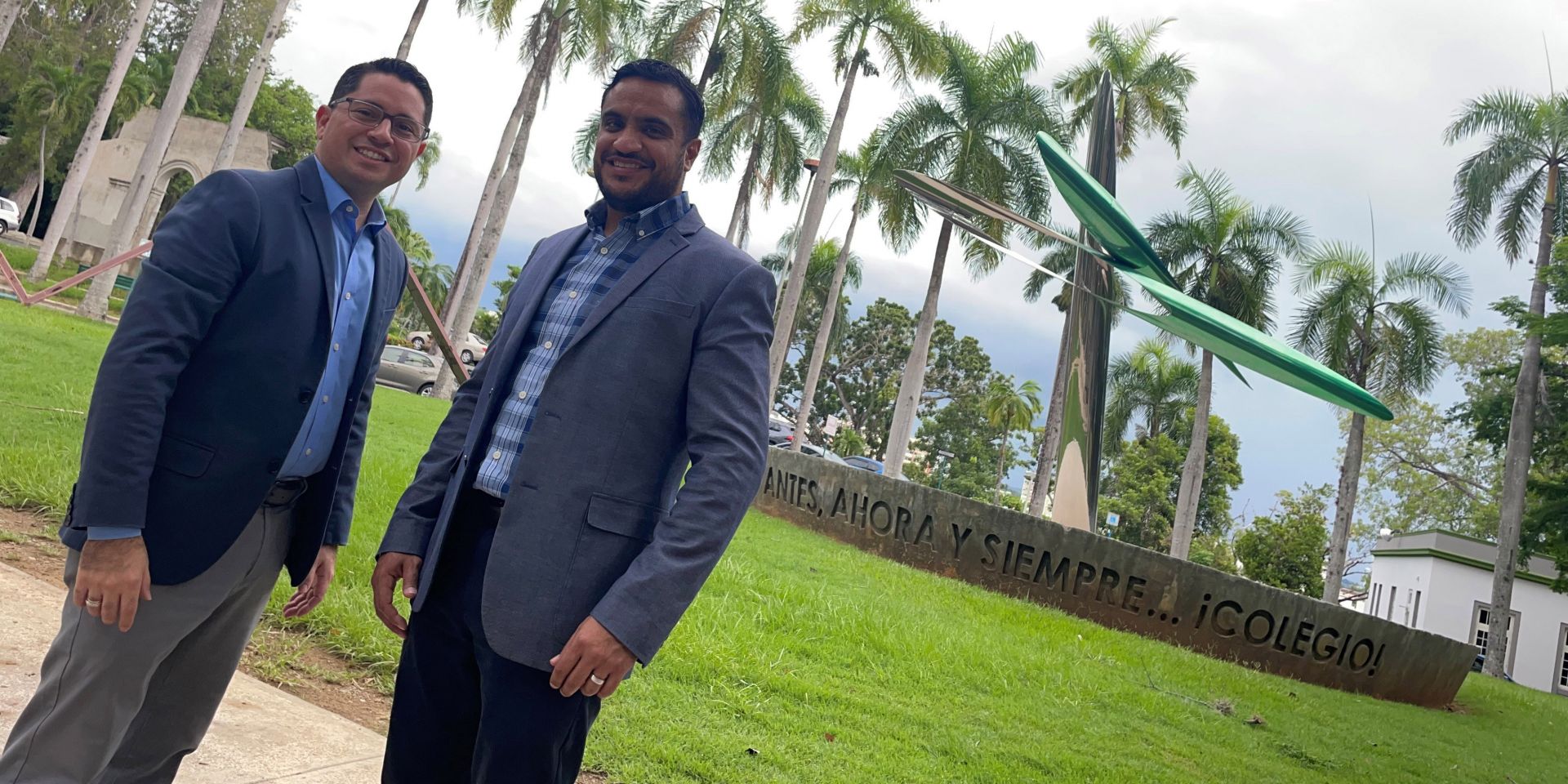
Robert Roche-Rivera and Marcos Rolón-Acevedo are licensed professional engineers who work at the U.S. Nuclear Regulatory Commission. They are also alumni of the University of Puerto Rico–Mayagüez (UPRM) and have been sharing their knowledge and experience with students at their alma mater since last year, serving as adjunct professors in the university’s Department of Mechanical Engineering. During the 2023–2024 school year, they each taught two courses: Fundamentals of Nuclear Science and Engineering, and Nuclear Power Plant Engineering.
The Department of Energy released an anticipated request for proposals on June 27 for low-enriched uranium enrichment. “Today’s action will help spur the safe and responsible build-out of uranium enrichment capacity in the United States, promote diversity in the market, and provide a reliable supply of commercial nuclear fuel to support the energy security and resilience of the American people and domestic industries, free from Russian influence,” the DOE declared.

With increasing demand for clean, reliable, and safe sources of energy, the conversation around nuclear energy is changing. And so too is the conversation around nuclear waste, even as the country struggles to find a path for the disposal of its spent nuclear fuel and high-level radioactive waste. From community engagement, to recycling, to existing success around other forms of nuclear waste management, the conversation around nuclear waste has many different angles, and an executive session of the American Nuclear Society’s 2024 Annual Conference in Las Vegas aimed to delve into some of those discussions.

Researchers at the Department of Energy’s Oak Ridge National Laboratory want to make the sensors in nuclear power plants more accurate by linking them to electronics that can withstand the intense radiation inside a reactor. Electronics containing transistors made with gallium nitride, a wide-bandgap semiconductor, have been tested in the ionizing radiation environment of space. Now, according to a June 24 article from ORNL, tests carried out in the research reactor at Ohio State University indicate they could withstand neutron bombardment within a nuclear fission reactor.

The Department of Energy’s Gateway for Accelerated Innovation in Nuclear (GAIN) announced June 20 that two companies—one power plant operator and one advanced reactor developer—are getting vouchers to access the extensive nuclear research capabilities and expertise available across the DOE national laboratories in the third round of GAIN vouchers awarded for fiscal year 2024.
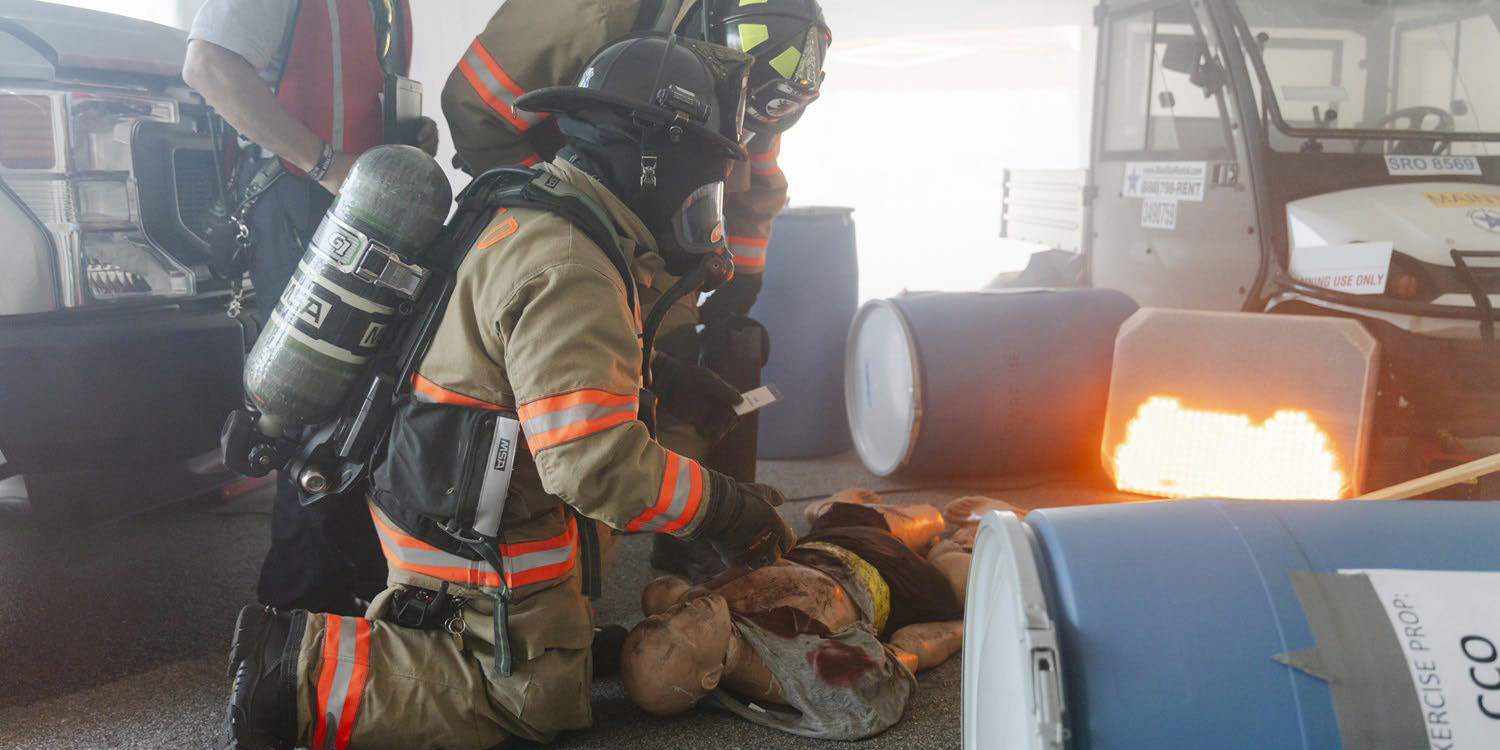
Earlier this month, nearly 250 personnel at the Department of Energy’s Savannah River Site in South Carolina took part in an annual exercise to test preparedness for a radiological release and contamination emergency.

Natura Resources, which is supporting the construction of a molten salt research reactor on the campus of Texas’s Abilene Christian University, announced in mid-June that it expects the Nuclear Regulatory Commission to complete its safety assessment and issue a permit for the nonpower test reactor in September.

. . . and today.

Fritsch in 1969 . . .
We welcome ANS members who have careered in the community to submit their own Nuclear Legacy stories, so that the personal history of nuclear power can be captured. For information on submitting your stories, contact nucnews@ans.org.
It was a summer day in 1956 in Berkeley, Calif., when I, a freshly minted Ph.D., left Lawrence Livermore National Laboratory to travel to Pittsburgh, Pa., to join Westinghouse’s Commercial Atomic Power (CAPA) program. We were going to develop a large homogeneous power reactor—the future of energy. A year later, my efforts were diverted to lead what may have been one of the first nuclear safeguards equipment development programs funded by the Atomic Energy Commission.
The National Nuclear Security Administration’s Office of Defense Nuclear Nonproliferation has awarded a total of $50 million in cooperative agreements to the Consortium for Enabling Technologies and Innovation and the Enabling Capabilities in Technology Consortium. These two university/national lab consortia are each to receive as much as $5 million per year for five years to help support their basic and applied science research, which, in turn, will support the nuclear security and nonproliferation missions of the NNSA and workforce development for the Department of Energy’s national laboratories.
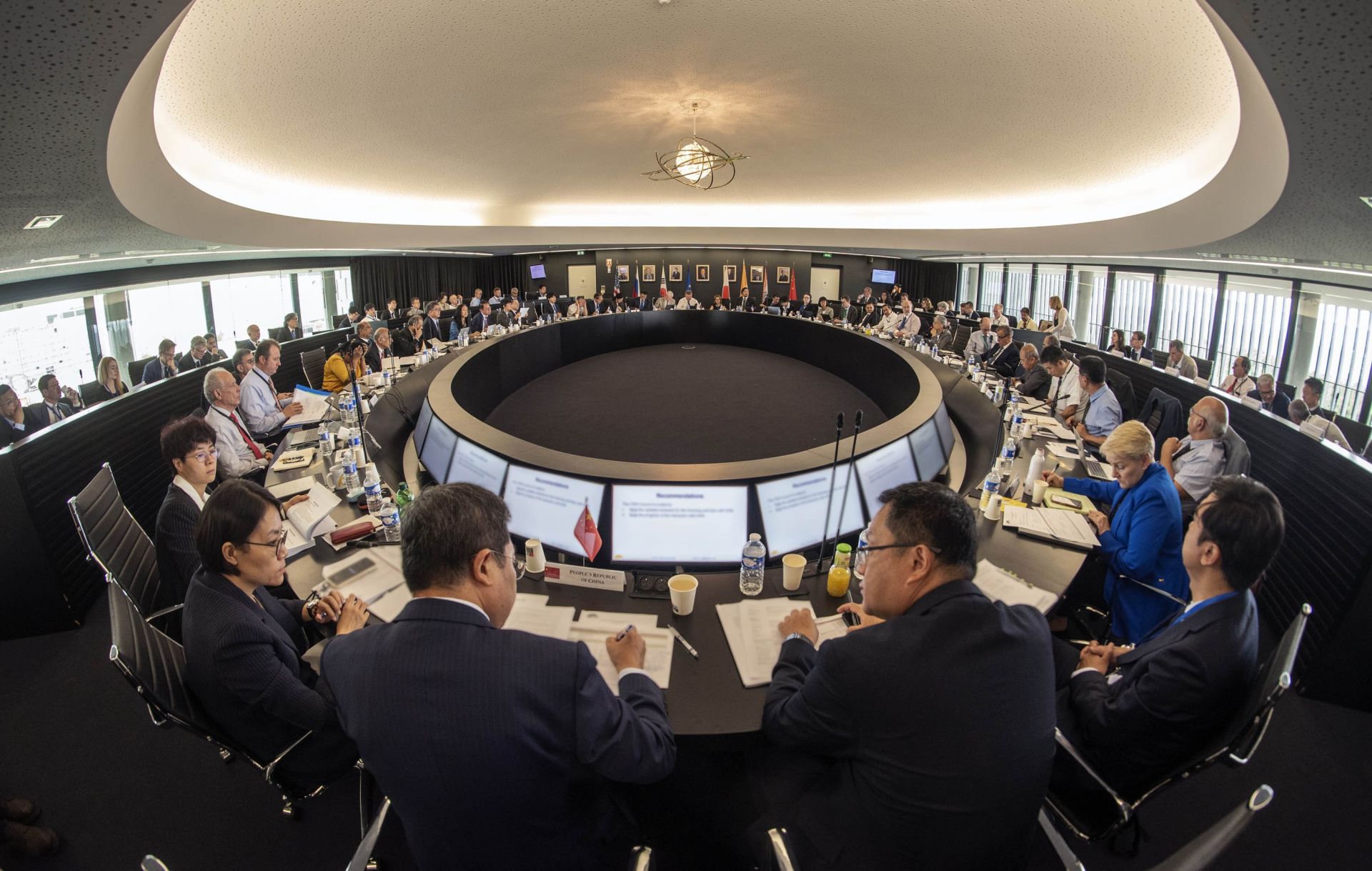
At the 34th ITER Council Meeting, held June 19–20, ITER director general Pietro Barabaschi reported on ITER’s progress and presented an updated baseline proposal that would “prioritize the start of substantial research operations as rapidly as possible.”

Industry leaders met this week to discuss the importance of shoring up nontraditional workforce pipelines to support growth in nuclear energy generation in the coming decades.
An executive panel discussed this issue last week at the American Nuclear Society’s 2024 Annual Conference in Las Vegas The industry is working to target community colleges, trade schools, vocational programs, nontraditional students, and a wider variety of educational backgrounds.
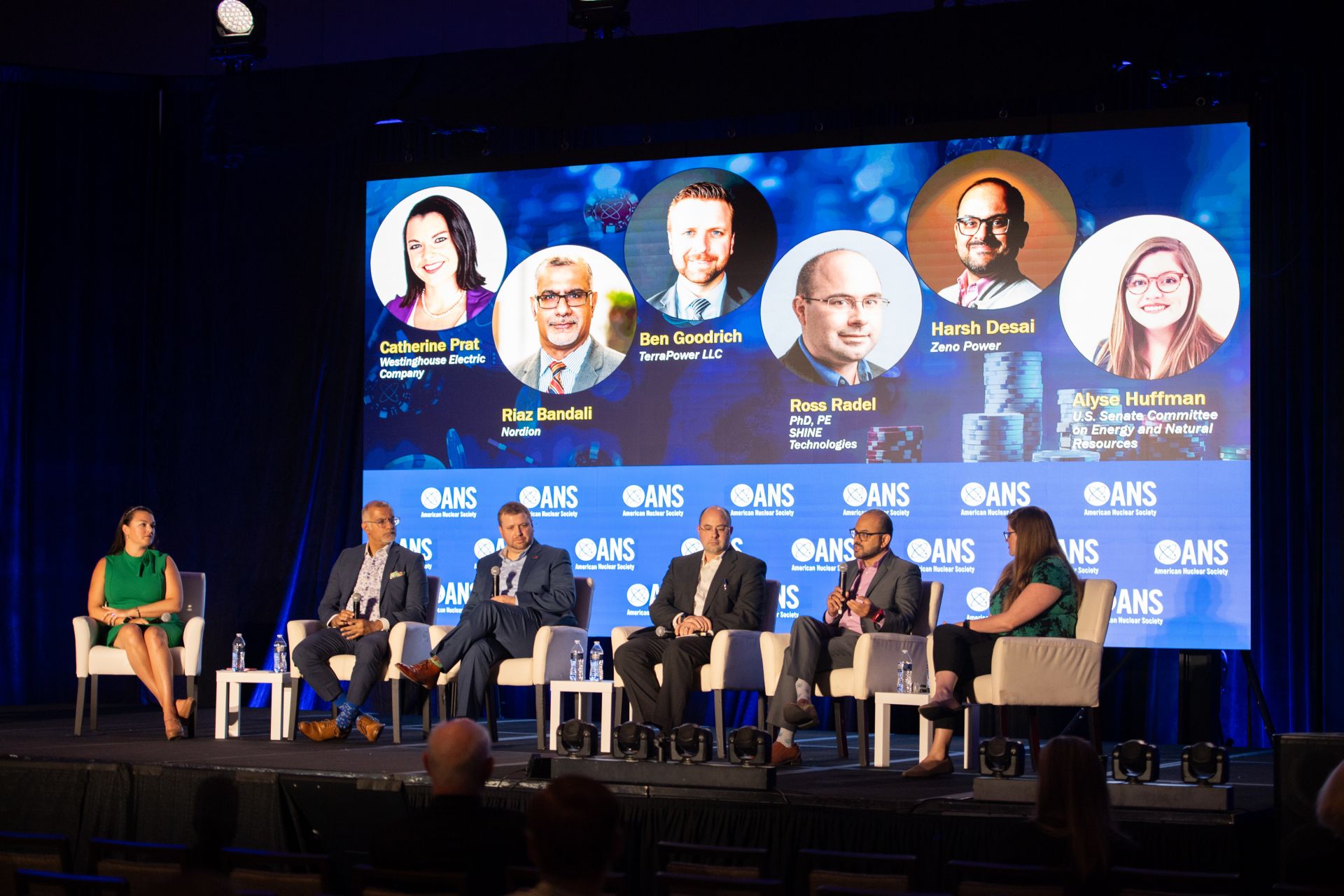
“What can the atom do for you, other than produce electricity from nuclear reactors?” That was the question asked and answered during an ANS Annual Conference special plenary session on June 18, introduced by ANS President Ken Petersen and organized by the ANS Young Members Group. An expert panel discussed radioisotopes and their supply chains in the context of cancer treatment, product sterilization, power for remote applications, and used nuclear fuel recycling.
The Nuclear Regulatory Commission is amending regulations for the licensing, inspection, special projects, and annual fees it will charge applicants and licensees for fiscal year 2024.